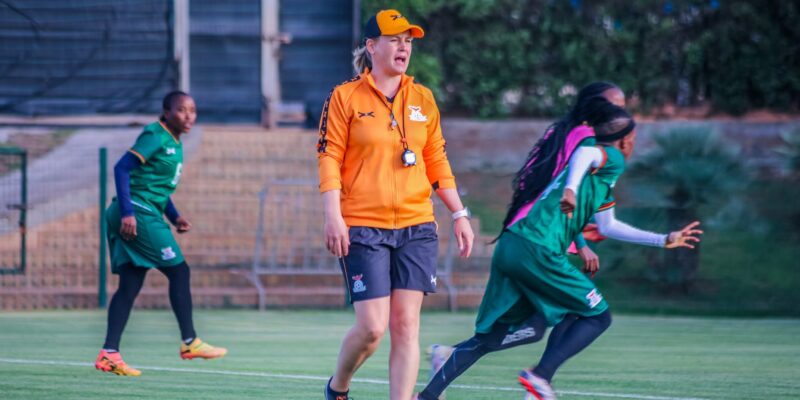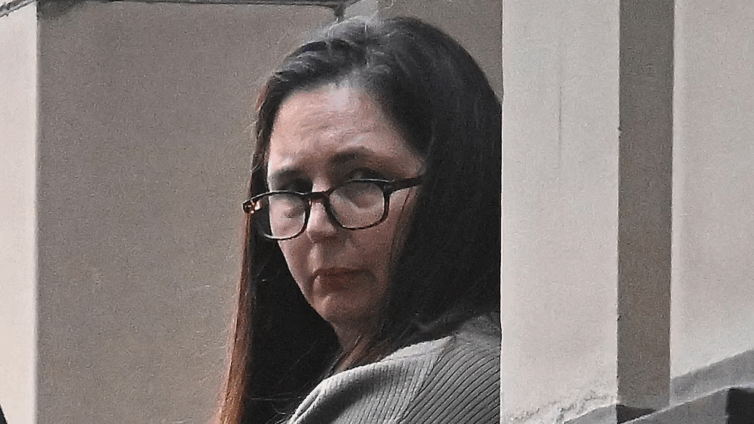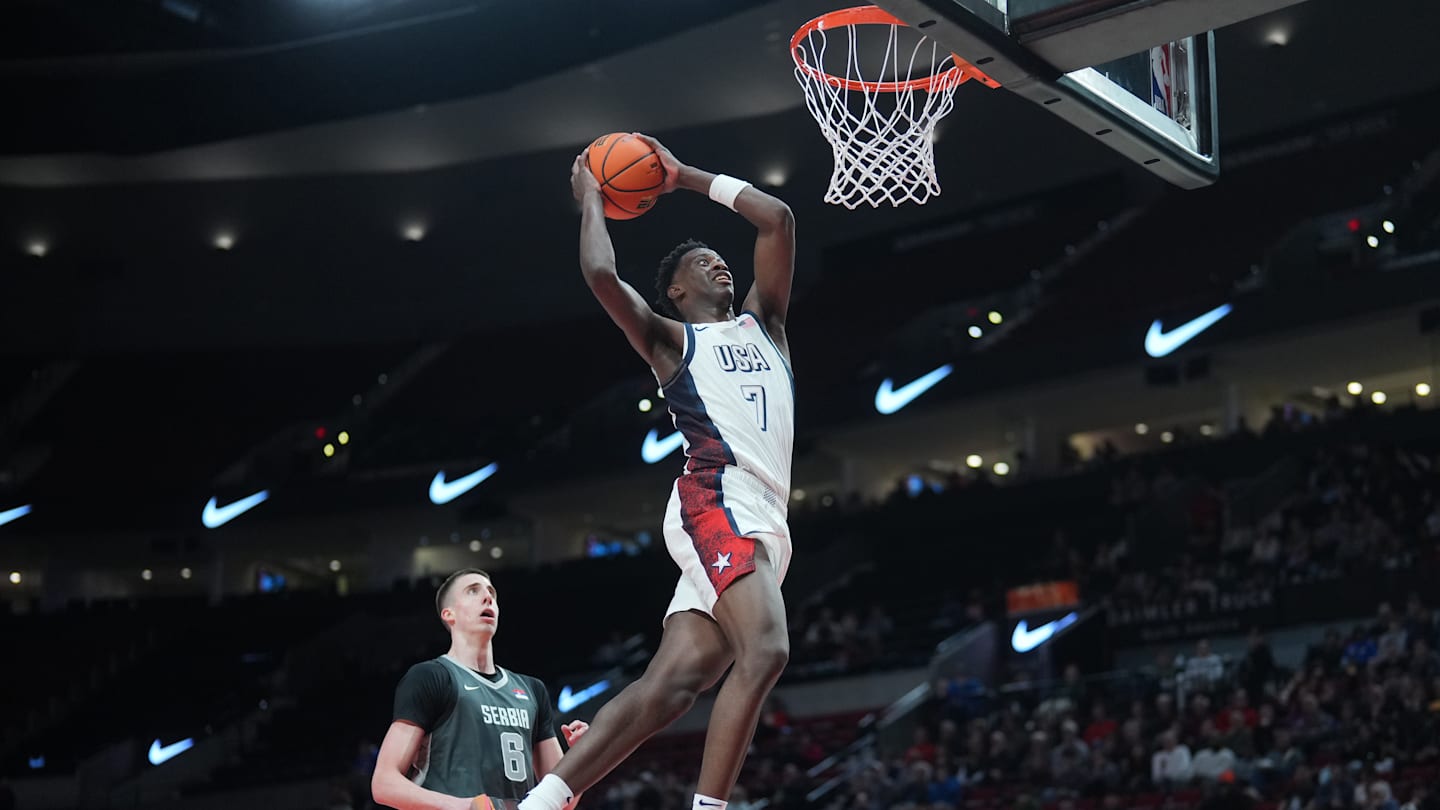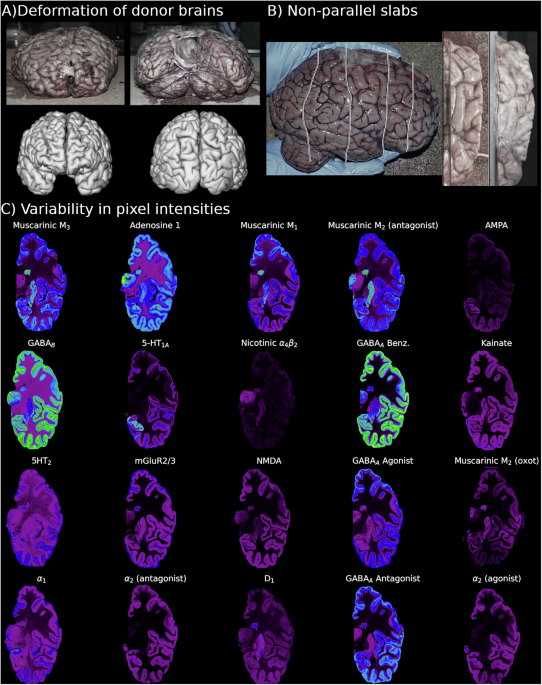Scripps Student Spotlight: Marissa Saenger | Scripps Institution of Oceanography
Marissa Saenger is a fourth-year PhD student studying climate sciences at Scripps Institution of Oceanography at UC San Diego. Saenger grew up in Clarence, N.Y., and received her undergraduate degree in environmental science and engineering with a minor in environmental policy at Harvard College. Previously, Saenger worked at a soil science lab at UC Berkeley. At Scripps Oceanography, she is researching the physical outcomes and effects of solar geoengineering and is advised by professors Kate Ricke and Nick Lutsko.
I chose to come to Scripps because I found faculty whose research was at the intersection of my interests in physical and social sciences. I wanted my work to focus on understanding the physical impacts of climate change as well as how people and societies respond.
The world is warming catastrophically because of greenhouse gas emissions from burning fossil fuels. Even if we magically stopped all emissions overnight, there is so much excess carbon dioxide (CO2) in the atmosphere that it would take hundreds of years for the planet to cool down naturally. Taking CO2 out of the atmosphere is hard, and we’re a long way from having the technology to do that at a meaningful scale. This is why large-scale interventions to reflect sunlight — called solar geoengineering — have been proposed.
The main types of solar geoengineering are stratospheric aerosol injection (SAI) and marine cloud brightening (MCB). SAI would involve adding particles to the upper atmosphere (the stratosphere) to reflect sunlight in order to reduce the heating of Earth’s surface. MCB would involve seeding clouds over the ocean, since clouds reflect sunlight. Solar geoengineering is not a solution to climate change, but it could temporarily reduce some of its harmful effects while we address the root cause. These ideas are controversial and could have harmful, unintended consequences. My research is aimed at understanding the physical outcomes of solar geoengineering and what those outcomes mean for people. I use climate models to simulate solar geoengineering in order to examine how it would affect human welfare, perceptions and behavior.

It became clear to me at a young age that climate change threatens everyone and everything I care about. Physical science interested me because I wanted to understand how the climate system worked and learn what could be done to address climate change more effectively. I started studying policy in college because I began to see that scientific knowledge is only helpful if we use it to inform our laws. Climate scientists have been sounding the alarm for decades, but our political system has been much slower to act.
These days, I’m interested in how people behave in response to their perceptions of climate change because social and cultural norms have a big impact on what we prioritize at the policy level. While the U.S. executive branch decimates the institutions responsible for regulating pollution, people everywhere are facing increasingly deadly climate change-induced wildfires, heat waves, hurricanes and droughts. Some of the countries feeling the worst effects of climate change are already considering solar geoengineering as an emergency response to a growing crisis. We need to understand the possible physical, social and political outcomes of solar geoengineering in order to inform decisions about whether and how it should be done.
Every day is different, but most days involve a lot of computer work — analyzing data, coding, reading scientific
papers, writing or creating teaching/outreach materials. I might also have meetings with an advisor or a mentee, attend a seminar or journal club discussion, handle teaching duties if I’m working as a teaching assistant (TA) that quarter, or have lunch with fellow students. Most days, I commute to campus by bicycle, and I like to get out for a beach run, ocean swim or surf if I have time. My research sadly doesn’t involve any photo-worthy field work, but jumping in the ocean is a great mental reset when I’m feeling burned out or need a break. I love swimming around to look for leopard sharks when the water is clear. We are incredibly lucky to have access to such a beautiful beach here at Scripps.
My research is exciting because it’s globally relevant, but it’s often hard to feel any immediate, tangible impact. Recently, I’ve been most excited about teaching! When I was a TA for an undergraduate ocean and atmospheric sciences course, I loved seeing students get excited about the material and supporting their scientific interests beyond the classroom.

I’ve also been teaching climate and ocean science lessons in middle schools through the STAY COOL for Grandkids education program. We bring an Argo float to show how scientists measure the ocean’s temperature, and do a fun pH experiment to demonstrate how CO2 makes the ocean more acidic. We talk about the impacts of fossil fuel emissions on the ocean, climate and people, and what we can do about it. I like to highlight the work of youth climate activist groups to illustrate the power of collective action. The students always ask tons of questions and share interesting thoughts, so I love letting their curiosity guide the discussions. I’m also very excited to teach an undergraduate course — SIO 25, Climate Change and Society — this
summer! I hope to empower my students to find their own unique roles in creating a more just and sustainable future.
Absolutely — too many to name them all! My lab mates Jessica and Pascal have been life-saving research mentors. I can’t thank them enough for their patience in helping me think through hard research problems and troubleshoot code. My older brother Ryan is a PhD student too, and he has been incredibly supportive in talking through the general struggles of graduate school and research. Many friends and professors have also been mentors and role models throughout college and graduate school. My personal climate idol is Dr. Ayana Elizabeth Johnson. She is a Scripps alumna who has done incredible work communicating climate change and solutions in a way that gets people excited to be involved. I highly recommend her latest book, “What If We Get It Right?” which lays out the possibilities and opportunities that lie ahead of our society and gets serious about addressing climate change. This framing is so helpful because it’s hard to engage productively with doomerism and false hope. We need to be real about the challenges and give people a vision of a path forward that they want to be a part of. Her work has helped me find my place in that vision and share it with others.
MS: Research can be frustrating because it tends to involve a lot of failure. Working on something that no one has done before is intimidating and can lead to self-doubt and imposter syndrome. Most PhD students can probably relate to this. Time management is another challenge because it’s hard to predict how long it will take to solve a new problem or create a new thing. Most scientists (only semi-jokingly) say that everything in research takes about three times as long as expected, and I definitely feel like that’s true. Balancing research with other commitments like teaching and mentoring is a constant challenge, but it’s also fun to work on a variety of things!
en: What are your plans post-Scripps?
MS: I’m not sure yet, but I’m interested in doing something at the intersection of science and policy or education. That could be teaching at the K-12 or college level, or working for an environmental non-profit or non-governmental organization.
You can find Saenger on Instagram.







_1751880097.jpeg)

:max_bytes(150000):strip_icc()/Parents-Misbehavior-41b8c8d31eea4535b5279866173ac2d1.jpg)



